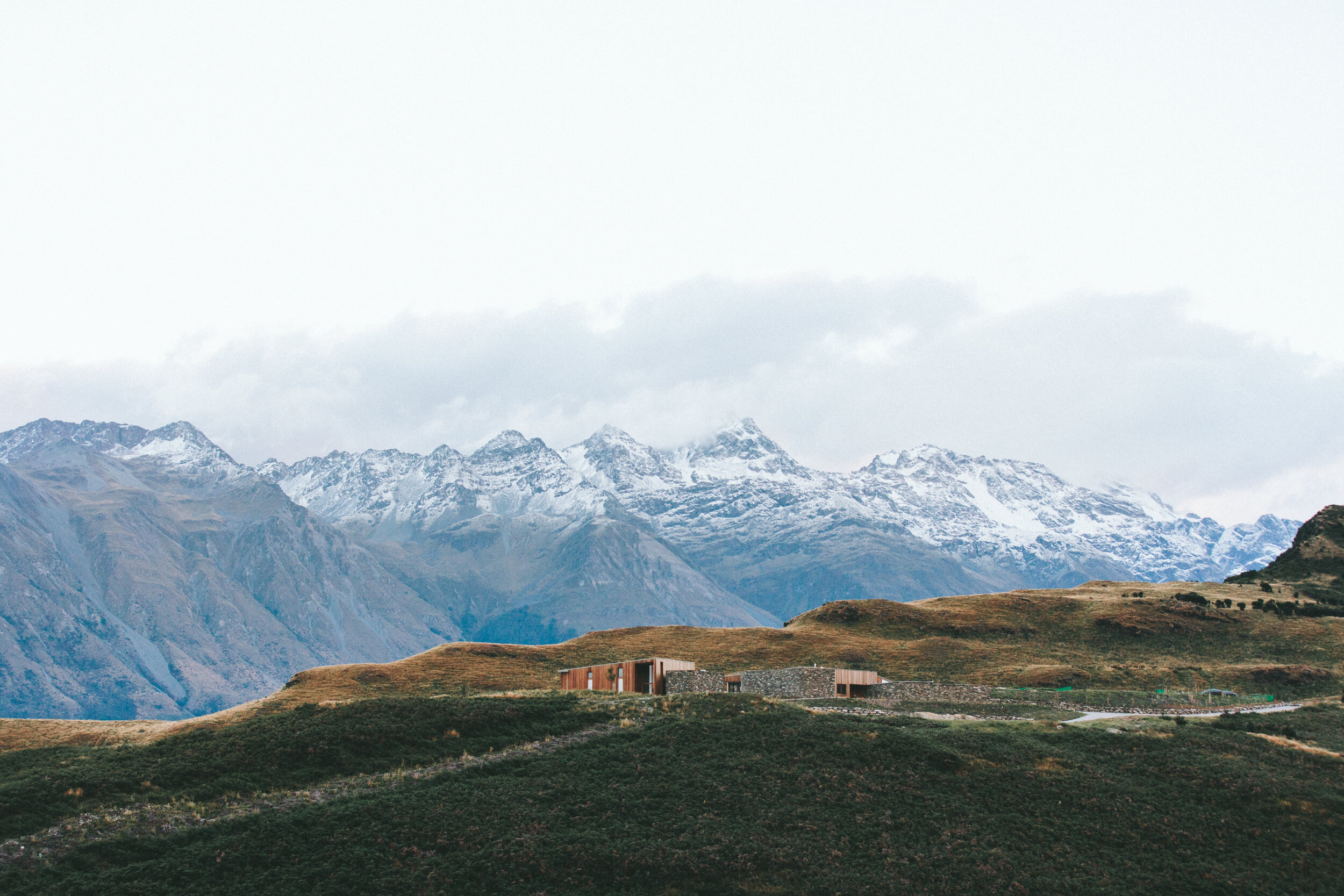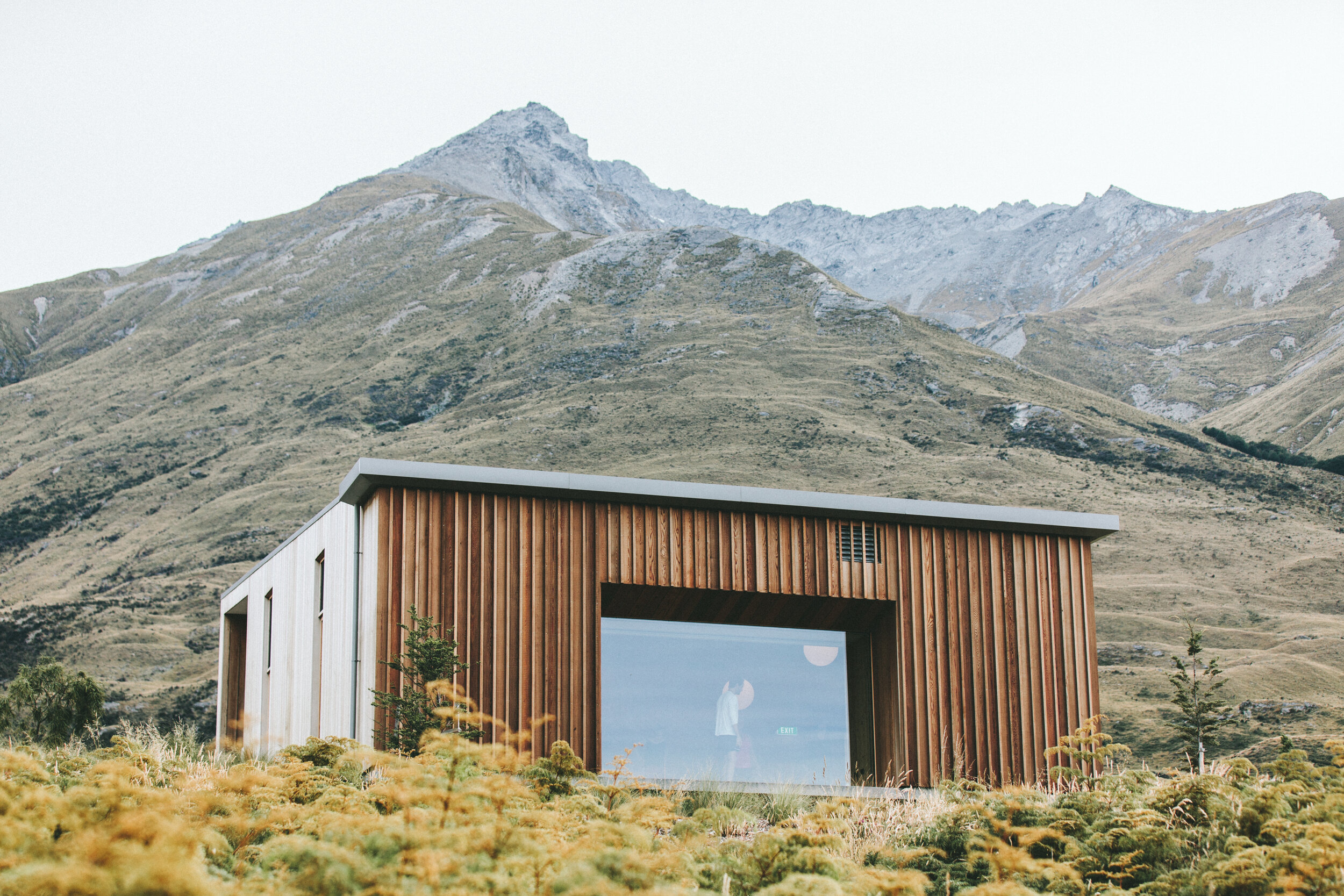The Q'anjob'al Language: A Living Heritage
Q'anjob'al (pronounced "K'an-ho-bal" and sometimes spelled “Kanjobal”) is one of the 22 Mayan languages spoken in Guatemala. Originating from Guatemala, but due to historical persecution and migration, this Mayan language now has significant communities of its speakers in Mexico and the United States.
In Guatemala, the main region where it is spoken is the Huehuetenango Department, particularly in municipalities like San Juan Ixcoy (Yich Kʼox), San Pedro Soloma (Tzʼulumaʼ), Santa Eulalia (Jolom Konobʼ), Santa Cruz Barillas (Yalmotx), San Rafael La Independencia, and San Miguel Acatán.
In Mexico, Q'anjob'al speakers are found in the state of Chiapas, in municipalities such as Catazajá, Amatenango de la Frontera, La Trinitaria, Bella Vista, Frontera Comalapa, Las Margaritas, and Maravilla Tenejapa. There are also speakers in the Mexican states of Campeche and Quintana Roo.
The United States has sizeable communities of Q’anjob’al speakers in California especially in its Los Angeles, Riverside and San Diego counties. However, you can also find growing communities of Q’anjo’bal speakers in almost all fifty states from Oregon to New York and Illinois to Texas.
OUR TRADITIONS, MUSIC AND CULTURE
-

TRADITIONAL CLOTHING
Like that of other Mayan groups in Guatemala, traditional clothing is deeply influenced by a combination of factors, reflecting Q’anjob’al history, cosmology, and daily life. Here are the key influences:
Village Identity and Geography: This is perhaps one of the most prominent influences. Each Q'anjob'al (and broader Mayan) village traditionally has its own distinct style, patterns, colors, and weaving techniques for their clothing. This makes it possible to identify a person's village of origin simply by looking at their traditional dress, or "traje." These variations are often tied to:
Local Flora and Fauna: Designs often incorporate symbols depicting local plants, flowers, birds (like the quetzal, Guatemala's national bird), and animals found in their specific environment.
Natural Features: Geometric patterns, zig-zags, diamonds, and triangles can symbolize features of the landscape such as volcanoes, mountains, and rivers.
Mayan Cosmovision and Spirituality: Traditional Mayan beliefs play a significant role in the symbolism found in the clothing:
Cosmic Representation: The act of weaving itself is seen as an ontological event, an act of creation, with the cosmos often viewed as a great interlacing of threads uniting heaven and earth.
Deities and Legends: God-like creatures and symbolic representations are woven into the fabric to retell stories and legends of the people and their culture.
Spiritual Protection: Some huipiles (blouses) incorporate a "nahual," a protective spirit or animal companion, into the brocaded pattern, signifying protection for the wearer.
Color Symbolism: Colors hold specific meanings:
Yellow: The sun and corn (a staple crop)
Blue: The sky and water
Green: Plant life, royalty, and the quetzal
Red: Sunrise, daytime, energy, and power
Black: Sunset, nighttime, death, recovery, and mystery
White: Air, spirituality, and hope
-

TRADITIONAL MUSIC
Community Identity and Memory: Music is crucial for the Q'anjob'al, both in Guatemala and in diaspora communities (like in the U.S.). It serves as a powerful tool for maintaining collective memory, reminiscing about the homeland, and reinforcing Q'anjob'al identity, especially in urban or unfamiliar environments.
Ceremonial and Ritual Significance: Much of Q'anjob'al traditional music is tied to religious customs and ceremonies, particularly patron saint fiestas and harvest ceremonies. Music and dance are seen as mediums that connect the community to the social, natural, and cosmic worlds.
Expression of Emotions and Cosmology: Music can express a wide range of emotions. It also plays a role in expressing complex understandings of the cosmos and humanity's place within it. The concept of rhythm is interwoven with ideas of time, and repeated rhythms in music and dance can create an experience outside normal space-time, vital for ritual.
Social Function: Beyond ceremonies, music is integral to social gatherings, community events, and daily life. It fosters social bonds and reinforces cultural values.
Resilience and Adaptation: Q'anjob'al music demonstrates resilience. While rooted in ancient Mayan traditions, it has also absorbed influences from colonial times, particularly with the introduction of new instruments. This blend creates a unique and evolving musical heritage.
Embodied Music (Dance): Music is often inseparable from dance (referred to as "music embodiment"). Dances like the kanal are central to fiestas, embodying collective memory and connecting participants to their cultural heritage. The kanal often involves couples dancing in a counter-clockwise circle to the pulse of the marimba.
Instruments:
The marimba is arguably the most iconic and central instrument in Q'anjob'al and broader Guatemalan Mayan music. Its significance goes beyond mere entertainment; for many Maya, the marimba is considered a living being.
While the marimba is prominent, traditional Q'anjob'al music also utilizes a range of other instruments, many with pre-Hispanic roots and some showing colonial influence:
Percussion:
Drums: Various types of drums, including single and double patch drums, are common.
Rattles: Used for rhythmic accompaniment.
Scrapers: Another percussive element.
Wind Instruments:
Flutes: Various types of flutes, including those made of reed.
Trumpets: Including those made from conch shells.
Ocarinas: Small, ancient wind instruments.
Shawms: Double-reed instruments, sometimes described as a type of oboe (like the lacandon).
String Instruments:
Fiddle/Violin: Introduced during the colonial period, the fiddle has been "Indigenized" and plays a significant role in some religious customs and folk music, demonstrating a "transcultural discourse" where Spanish instruments were adapted into indigenous practices.
Other stringed instruments modeled on European designs, but distinctly Indigenous, may also be found.
-

SPIRITUALITY AND RELIGION:
The Q'anjob'al people blend of ancient Mayan traditions and, since the Spanish conquest, Catholicism. This syncretism has created a unique and deeply meaningful belief system that continues to shape their worldview and daily practices.
1. Syncretic Nature: Traditional Beliefs & Catholicism
Blending of Elements: Q'anjob'al religion is a living example of "folk Catholicism." While they recognize the Catholic God, Jesus, and the Virgin Mary, these figures are often integrated into their pre-existing traditional cosmology.
Resistance to Assimilation: Notably, some Q'anjob'al, particularly in the diaspora, actively work to maintain their traditional Mayan religious practices, viewing conversion to Christianity as a form of cultural assimilation. This highlights a conscious effort to preserve their distinct spiritual heritage.
2. Core Traditional Mayan Beliefs and Practices:
Mayan Cosmovision: At the heart of Q'anjob'al spirituality is the Mayan cosmovision, a complex understanding of the universe, time, and humanity's place within it.
Interconnectedness of Humans and Nature: A fundamental tenet is the profound interconnectedness between humans and the natural world. Mountains, caves, rivers, and other natural phenomena are highly sacred and often considered residences of ancestors or deities. Ceremonies are frequently held in or near these natural landmarks.
Significance of Corn: Maize (corn) is a sacred crop, central to their creation myths (as seen in the Popol Vuh, the K'iche' Mayan creation epic, which influences many Mayan groups). The cultivation and reverence for corn are deeply embedded in their spiritual practices.
The Cross: The cross is a central symbol, but its meaning extends beyond the Christian crucifixion. For the Q'anjob'al, it also represents traditional conceptions of the heavens and the earth, and it's an integral part of the Mayan calendar, which forms the basis for much of their cosmology. Large crosses often stand in front of churches in their villages.
Ancestors and Spirits: Reverence for ancestors and spirits in nature is a cornerstone. These spirits can be protective or cause illness, influencing daily decisions and rituals.
Ritual and Ceremony:
Offerings: Ceremonies involve offerings, often including candles of different colors, sugar, wood chips, alcohol, and incense, burned in sacred fires as offerings to God and other spiritual entities.
Prayer: Prayers are conducted aloud, often in the Q'anjob'al language, and can be directed towards the four cardinal directions, reflecting cosmic orientation.
Calendrical Mapping: Rituals are often governed by the Mayan calendar, with specific day-names and numbers ascribed to shrines and dictating appropriate times for ritual use.
Traditional Healers/Day Keepers: Traditional spiritual leaders (often referred to as "day keepers" or shamans in broader Mayan contexts) play a vital role in conducting ceremonies, offering guidance, and maintaining spiritual balance.
Beliefs about Illness and Health: Health is often considered a gift from God, and illness can be seen as a punishment or caused by spiritual forces like brujería (witchcraft), mal de ojo ("evil eye"), or viento (wind).
3. Socioreligious Organization:
Civil-Religious Hierarchy: In many Q'anjob'al towns, a traditional civil-religious hierarchy exists. This system involves a hierarchical structure of offices, where individuals (often married couples) take on significant responsibilities within both the civil governance and religious life of the community.
Mayordomos: A crucial religious office is that of mayordomo, held by a married couple. Their responsibilities include caring for church affairs, maintaining images of saints, and, most importantly, sponsoring the annual patron saint festivals. This role confers significant status and prestige.
4. Contemporary Context:
Diaspora and Preservation: In the U.S. and other places of migration, Q'anjob'al communities actively work to preserve their spiritual practices. Groups like the Mayan Q'anjob'al Ewulean Community in Los Angeles integrate their indigenous roots into Catholic religious education and celebrations, often using the Q'anjob'al language.
Challenges of Coloniality: As noted by Maya-Q'anjob'al poet Daniel Caño, there's an ongoing critique of "spiritual coloniality" – the legacy of Catholicism's imposition and the attempted erasure of Maya spirituality. This critique highlights the tension between preserving authentic indigenous beliefs and navigating a historically dominant religious influence.
